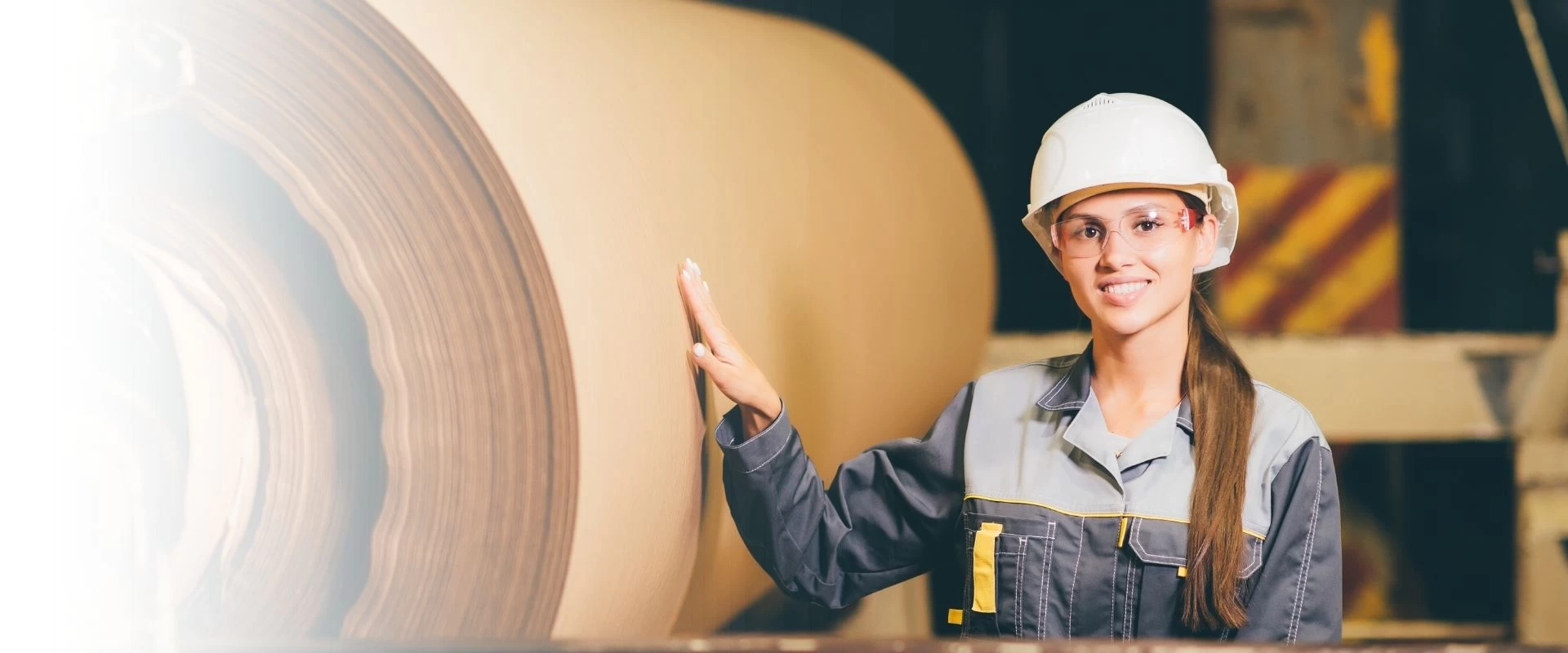Recycled Kraft Paper Production
Recycled Kraft Paper Production

In an age where digital transformation is at the forefront of innovation, the concept of a paper economy might seem archaic. However, with sustainable practices and technological advancements, building smarter within the paper economy has become a fascinating avenue for exploration. The paper industry is not just about producing notebooks and newspapers; it's an intricate ecosystem that can contribute to a more sustainable and efficient world.
While the digital era has reduced our reliance on traditional paper products, there is a resurgence in the paper economy driven by eco-friendly practices and smart technology. Companies are now looking at ways to reduce waste, recycle more efficiently, and create products that align with a circular economy. Innovations such as tree-free paper, made from alternative fibers like bamboo or agricultural waste, are building smarter pathways within the industry.
Technological advancements have also played a pivotal role in transforming the paper sector. From AI-driven predictive maintenance in paper mills to IoT sensors that track and optimize resource use, technology is enabling a leaner, more responsive paper economy. Moreover, digital watermarking and QR codes make paper an interactive medium, bridging the gap between physical and digital worlds and enhancing user engagement.
One of the key challenges in the paper economy is addressing environmental concerns. The industry is combatting this by adopting sustainable forestry practices and cleaner production processes. Certification schemes such as FSC (Forest Stewardship Council) ensure that products come from responsibly managed forests, contributing to the vision of a smarter paper economy.
But what exactly happens to the tons of paper we recycle? Here's a curious question: how is the recycled paper turned into new products? The answer lies in the recycling process, where paper is collected, sorted, cleaned, and then pulped. This pulp is then used to create recycled paper products, closing the loop in the product lifecycle and contributing to a smarter, more sustainable paper economy.
Far from being competitors, digital and paper platforms have the potential to work in synergy. For instance, augmented reality (AR) can be used on paper packaging or advertisements to provide additional digital content, enriching the user experience. This synergy is crucial in building a smarter paper economy, one where the tactile appeal of paper is enhanced by the interactivity and data-rich potential of digital technology.
Education plays a significant role in sustaining a smarter paper economy. Consumers need to be aware of their choices and the impact of those choices on the environment. Programs that educate on the importance of recycling, choosing certified paper products, and reducing unnecessary paper usage are vital in building a smarter paper economy. By empowering individuals and businesses to make informed decisions, we can collectively steer towards a more efficient and responsible paper industry.
In conclusion, the paper economy is not a remnant of the past but a dynamic field ripe for innovation. Through sustainable practices, technological integration, and education, we are capable of building a smarter, more sustainable paper economy that supports our environmental goals and continues to serve our needs in a multitude of ways.